What is the Spot Market and How is Spot Trading Done?
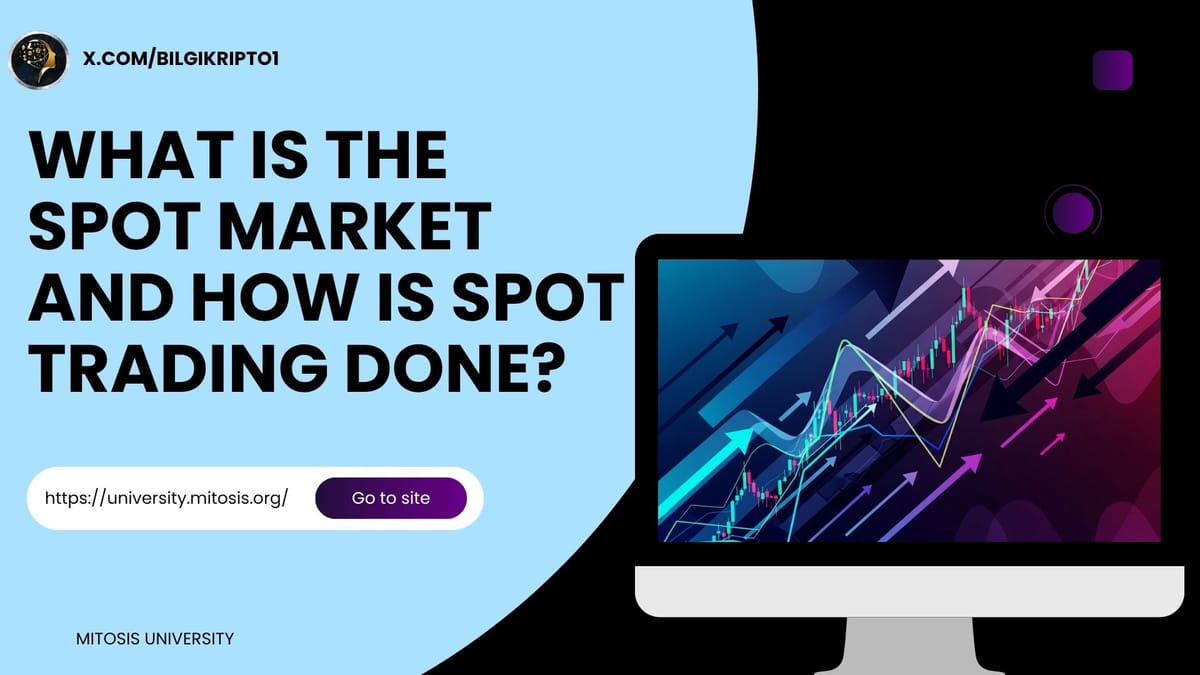
The terms “spot market” and “spot trading” are commonly heard in the financial world, especially in the crypto ecosystem. Spot trading refers to the immediate and direct buying and selling of an asset. The key point here is that the asset is delivered or purchased at the moment the transaction is made. For example, most of the trading you do on popular crypto exchanges like Binance are spot trades.
Spot markets are one of the most fundamental types of financial transactions that everyone is familiar with. In this article, we will comprehensively explain what spot markets are, how spot trading works, its advantages and disadvantages, and how it differs from other market types.
What is the Spot Market?
The spot market is where financial assets are exchanged immediately. The term “immediate” means that the buyer receives the asset or pays for it at the time of the transaction. Assets can typically be money, stocks, commodities, or cryptocurrencies.
A Simple Example:
Suppose you buy one kilogram of tomatoes at a grocery store in Istanbul. You pay, and the tomatoes are handed to you immediately. This is the simplest example of a spot market transaction in daily life. Similarly, when you buy Bitcoin on a crypto exchange like Binance, the Bitcoin is transferred to your account as soon as you make the payment.
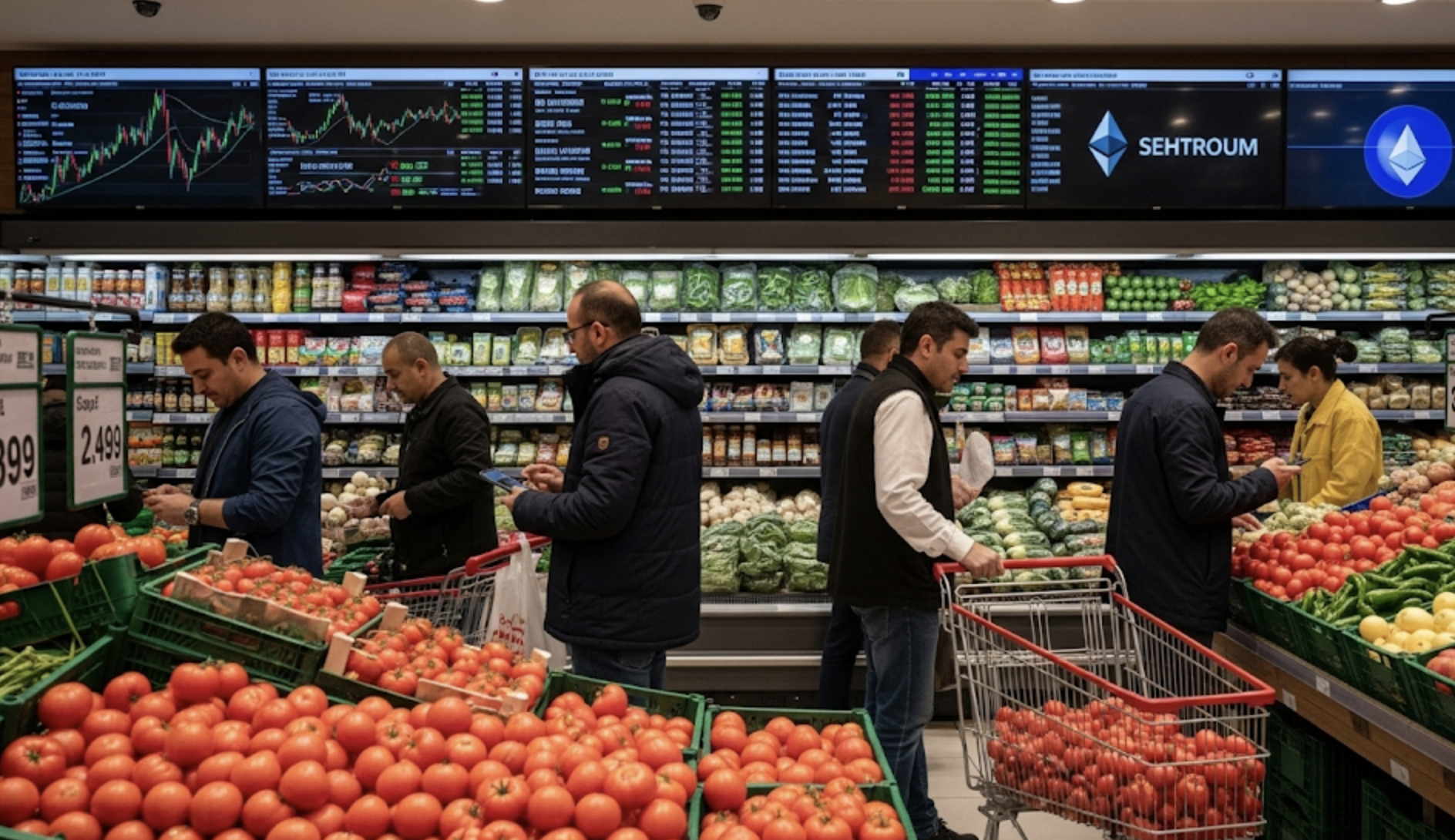
What is Spot Trading? How Does It Work?
Spot trading is the process of buying or selling an asset at the current market price using your available cash or assets. There is no leverage or borrowing in spot trading; you only trade with what you own.
For example, if you have $1,000 and Bitcoin’s current price is $30,000, you can buy approximately 0.0333 BTC. This Bitcoin is immediately credited to your account, and you can sell it whenever you want.
Example Scenario:
Let’s say Ethereum (ETH) is priced at $2,000 right now. If you buy 1 ETH and the price rises to $2,200, when you sell it, you make a profit of $200. This profit is directly tied to the price change of the asset.
Platforms Where Spot Trading Takes Place
Centralized Exchanges (CEX)
Centralized exchanges are intermediaries where users deposit their assets to trade spot. Examples include Binance, Coinbase, and Kraken. These exchanges:
- Facilitate users’ buying and selling,
- Ensure transactions are secure and fast,
- Comply with regulations,
- Perform customer identity verification (KYC).
Users first deposit fiat currency or crypto into their exchange accounts and then trade. For example, you deposit Turkish Lira into your Binance account and use it to buy Bitcoin or other cryptocurrencies.
Decentralized Exchanges (DEX)
DEXs allow users to trade directly with each other (peer-to-peer) without intermediaries, keeping their assets in their own wallets. Examples are Uniswap and PancakeSwap.
Transactions on DEXs happen via smart contracts, and users usually don’t need to create an account or transfer funds to the platform. However, transaction speed and liquidity are often more limited compared to centralized exchanges.
Over-The-Counter (OTC) Spot Trading
OTC trading is preferred for large volume transactions. For example, if an investor wants to buy millions of dollars worth of Bitcoin, placing such a large order in the spot market could significantly impact the price. Therefore, they negotiate directly with another investor or OTC brokers, agreeing on price and amount in advance.
This method prevents sudden price swings caused by large orders.
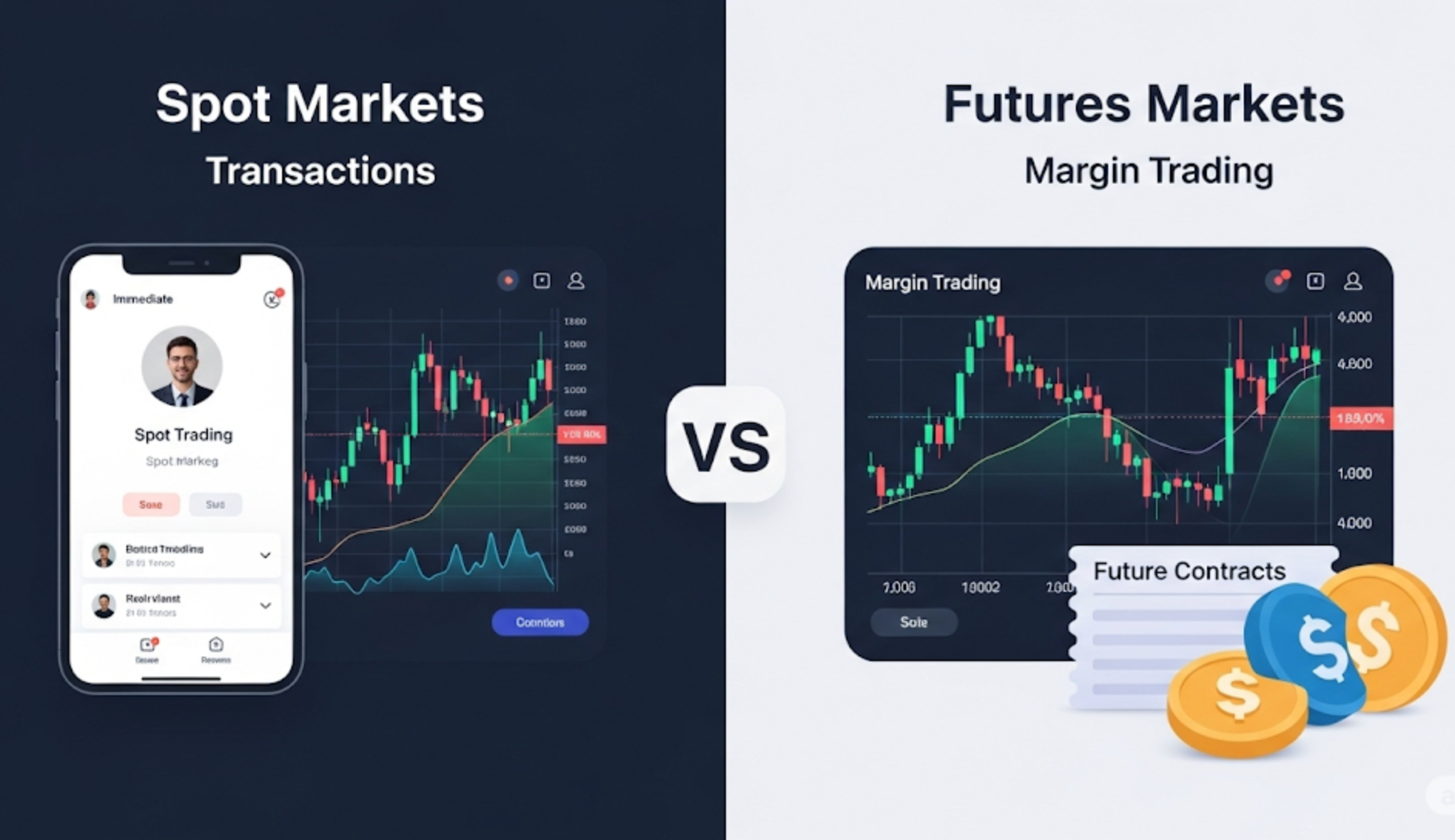
Differences Between Spot Markets and Futures Markets
In spot markets, asset purchases happen immediately and assets are delivered instantly. In futures markets, transactions are contracts to buy or sell an asset at a predetermined price on a future date.
For example, Bitcoin’s price might be $30,000 today, but a futures contract could agree to buy it three months later at $31,000. When the contract expires, the buyer and seller usually settle in cash rather than delivering the asset.
Differences Between Spot Trading and Margin Trading
Spot trading requires you to have the full amount of the asset or cash upfront. Margin trading lets you borrow funds to open larger positions, amplifying both potential profits and risks.
Example:
If you have $1,000, you can buy $1,000 worth of assets in spot trading. With 5x leverage in margin trading, you could open a $5,000 position. But if the market moves against you, you risk losing both your initial investment and borrowed funds.
Advantages of Spot Markets
- Transparent and Real-Time Prices: Spot prices are determined by supply and demand and reflect the real market value.
- Simple Trading Principles: No leverage or borrowing means fewer complex risks for investors.
- Immediate Delivery: Purchased assets are credited to your wallet instantly.
- No Liquidation Risk: Unlike margin trading, there is no risk of forced position closure.
Disadvantages of Spot Markets
- Capital Commitment: You need to have enough funds or assets to trade; leverage is not available.
- Physical Delivery Responsibilities: Especially for commodities or physical assets, delivery might be required.
- Limited Profit Potential: Spot trading does not offer the high profit potential that futures or margin trading can provide.
Tips for Successful Spot Trading
- Monitor the Market: Regularly follow price movements, news, and developments.
- Use Technical and Fundamental Analysis: Read charts and understand the fundamentals of projects.
- Manage Risk: Avoid using your entire capital in one trade; set stop-loss levels.
- Avoid Emotional Decisions: Don’t panic sell during sudden price drops.
Conclusion
Spot markets offer one of the simplest and most reliable investment methods, especially in crypto. Due to their straightforward structure and immediate delivery, they suit both beginners and experienced traders. However, it is important to weigh both advantages and disadvantages and make informed decisions.
Spot trading is an ideal starting point for learning market dynamics and conducting secure transactions
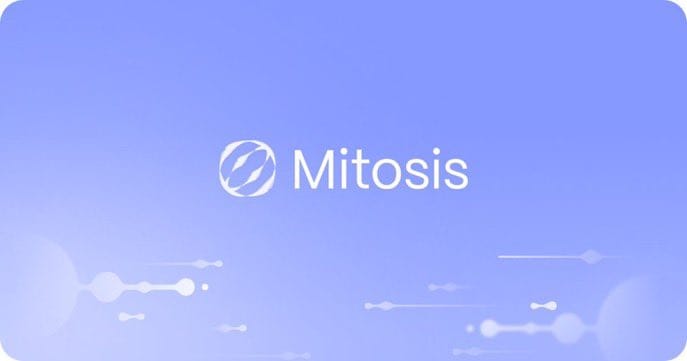
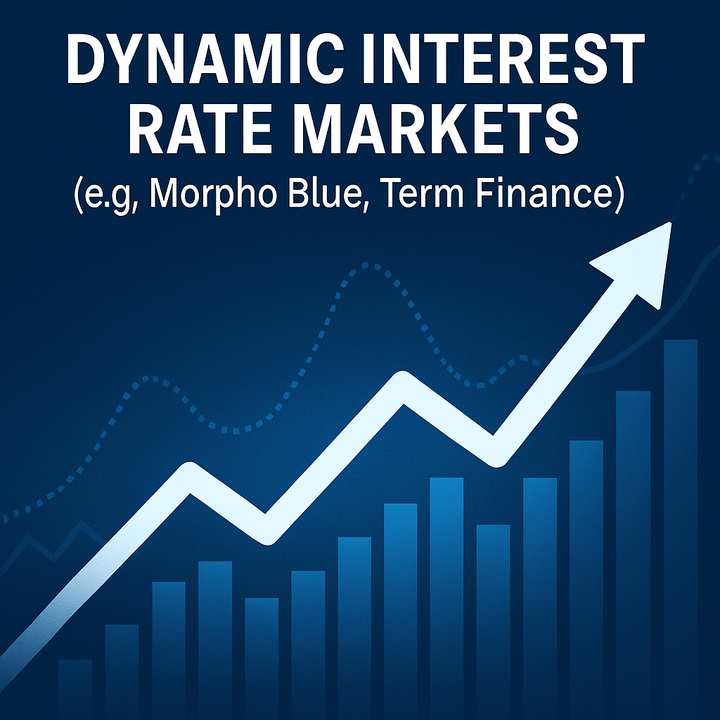
Comments ()